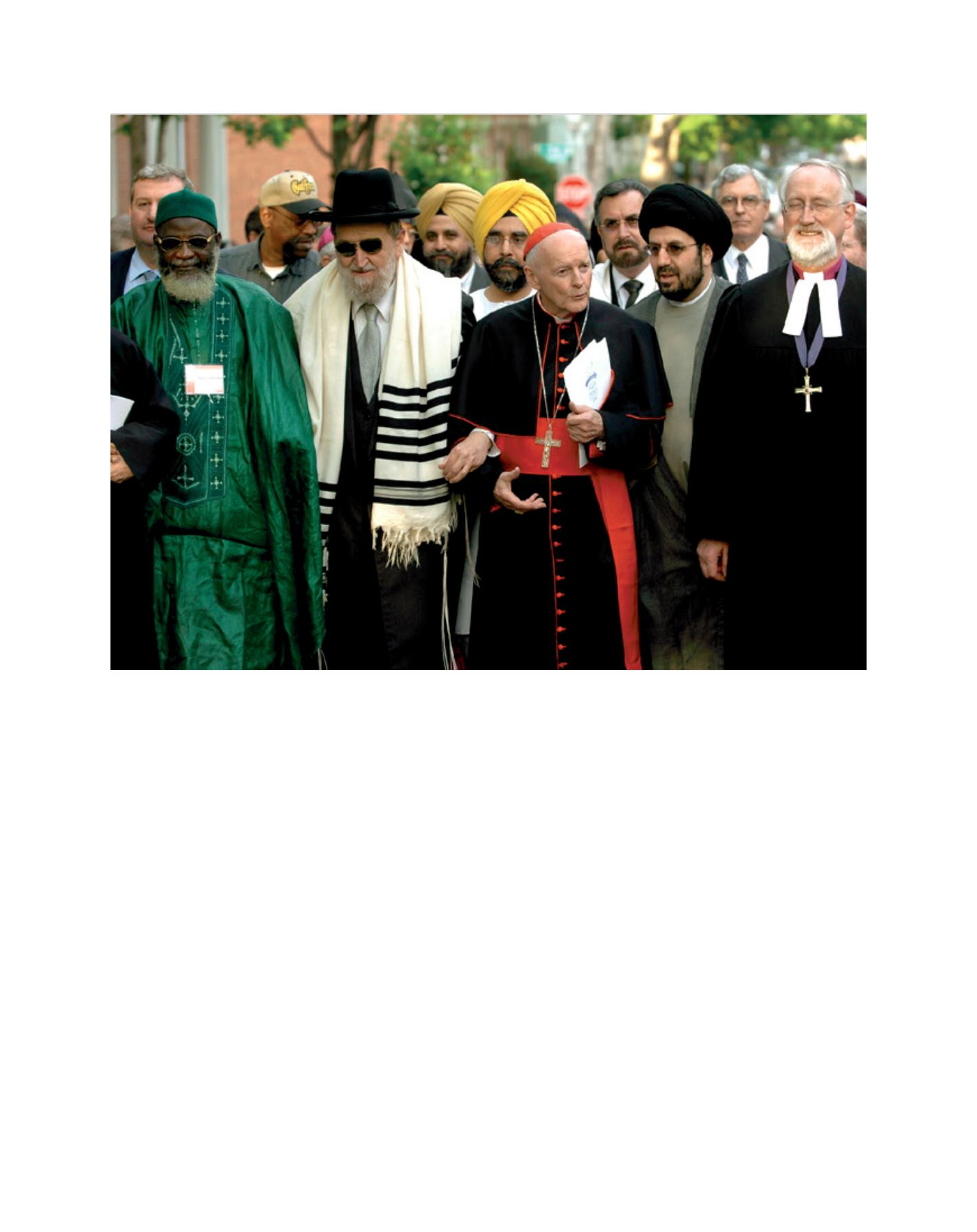

[
] 101
is an admirable one, but it must not be done through a
reification of both culture and civilization.
This ahistorical approach to Islam’s global role affects all
other religions and their role in international relations.
2
Most of the time, religious manifestations are seen as ideo-
logical phenomena – that is, as ideas or beliefs. Such an
approach reduces religion to a rhetoric that is used in
political mobilization and hence gives the illusion that the
knowledge of concepts and symbols of religious traditions
is the major way to understand their role in politics.
To overcome this essentialization, it is important not to
reduce religion to beliefs or texts. Doing so, does not allow
an understanding of how and when it can be positive and a
tool for rapprochement. For example, young Muslim activ-
ists in South Africa fought against apartheid alongside other
religious communities and justified their fight through an
interpretation of the Ummah (community of believers) as
synonymous with a more inclusive South African nation.
Today, the same references are used by radicals like ISIS to
divide and fight. So the religious texts do not explain politi-
cal conditions, unless we take into account the contexts:
the cultural and historical conditions that inform the
behaviours and interpretations of the believers.
More generally, it is imperative to include religious actors
and groups in any attempt at conflict resolution. Since the
mid twentieth century, several global movements for inter-
religious peace have broken barriers between the world’s
leading religions and among governmental, civic and reli-
gious leaders. For example, Religions for Peace (established
in 1970) has played a significant role in hosting peacebuild-
ing conventions among religious leaders, United Nations
delegates and representatives of state governments; and
the Christian Community of Sant’Egidio (established in
1968) has, in addition to its services for the poor, played
a noteworthy role in mediating peace negotiations in
Mozambique, Algeria and elsewhere. Encouraged by such
movements, a number of religious leaders have, increas-
ingly over the past five to ten years, called for direct
cooperation among the world’s religions to renounce inter-
religious violence and nurture interreligious peace. Recent
statements by the emergent Global Covenant of Religions
serve as a prototype for these calls.
In April 2014, His Majesty King Abdullah invited reli-
gious scholars, faith leaders and diplomats to Amman to
respond to calls for a ‘Global Covenant’ and to form a
steering group – the ‘Ring of Faiths’ – to work together
Image: Georgetown University
Since the mid twentieth century, several global movements for interreligious peace have broken barriers between the world’s leading religions and among
governmental, civic and religious leaders
A
gree
to
D
iffer

















